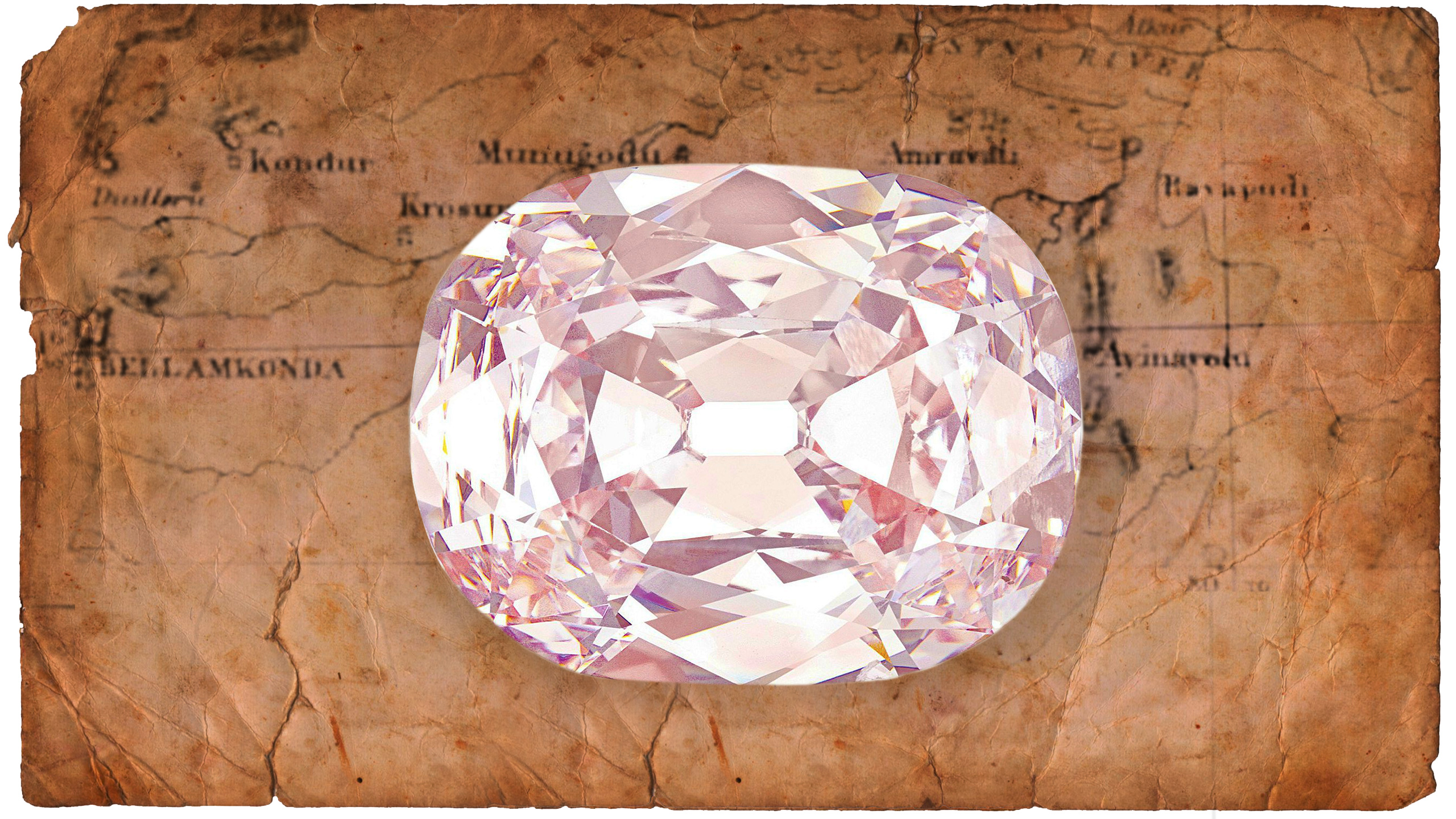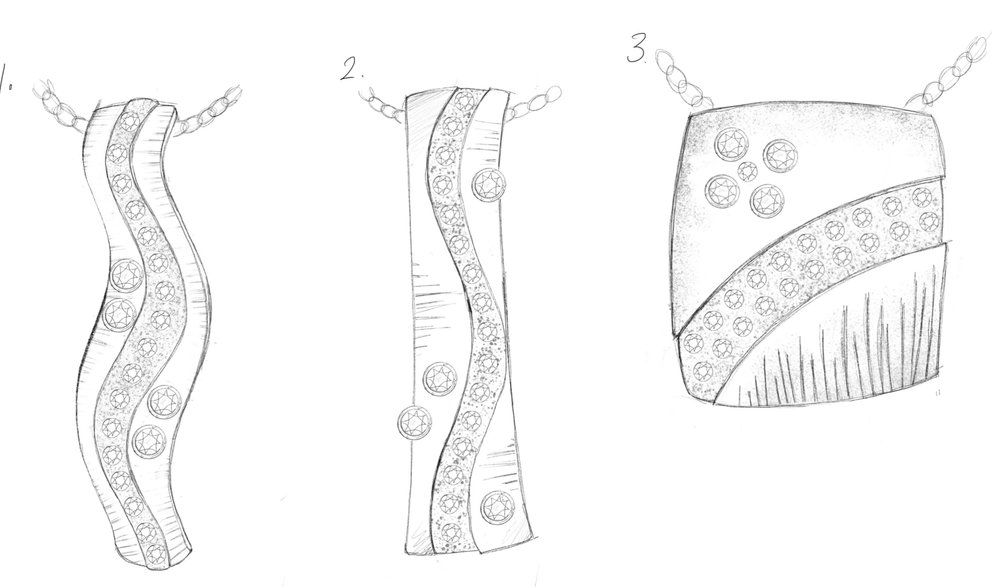Tips for Buying an Engagement Ring on a Budget
When it comes to buying an engagement ring, it’s important to find a balance between what you can afford and what your partner will love. Just like finding the right Pennor for your artwork, the right engagement ring on the right budget will provide the desired effect without leaving a financial mess. Below are some tips for finding an engagement ring on a budget.
1. Set a budget. It’s important to have a clear idea of how much you can afford to spend on an engagement ring before you start shopping. This will help you narrow down your options and avoid overspending.
2. Shop around. Once you have a budget in mind, take the time to shop around and compare prices from different jewelers. You may be surprised at the differences in cost for similar rings. You may be able to find a better deal at one place than another.
3. Consider alternatives to diamonds. Diamonds are the traditional choice for engagement rings, but they can be very expensive. If you’re on a budget, consider other gemstones such as sapphires or rubies. These stones can be just as beautiful as diamonds and are often more affordable. You can also consider a less expensive metal for the band, such as silver or platinum instead of gold. This can help save you money without sacrificing quality.
4. Choose a simple design. Engagement rings with lots of intricate details or small diamonds tend to be more expensive than simpler designs. If you’re looking for a beautiful ring that won’t break the bank, choose a design that is elegant and timeless. The more intricate the design, the more expensive the ring will be. A simple band with a solitaire diamond is a classic choice that won’t mess up your budget. Also, choose a smaller diamond instead of a larger one. Size doesn’t always matter—a smaller diamond can actually look just as impressive as a bigger one. Plus, it will cost less money.
5. Don’t be afraid to negotiate. When it comes to engagement rings, jewelers typically have some wiggle room in their prices. If you find a ring you love that is out of your budget, don’t be afraid to ask the jeweler if they can give you a discount. It never hurts to ask for a discount, especially if you’re paying cash or plan on making a large purchase.
6. Avoid financing. Many jewelers offer financing plans for engagement rings, but this can end up costing you more in the long run. If you’re on a tight budget, it’s best to pay for the ring in cash. However, there are some jewelers that offer interest-free payment plans so you can spread out the cost of the ring over time. This can be a great option if you don’t have all the money upfront
7. Buy a used engagement ring. This may sound like a strange tip, but you can often find great deals on pre-owned rings. Just make sure to have the ring checked out by a professional before you buy it to ensure that it’s in good condition.
Following these tips will help you find the perfect engagement ring on a budget. Remember that the most important thing is to choose a ring that your partner will love.
What are some tips for negotiating a lower price on an engagement ring?
Here are some tips for negotiating a lower price on an engagement ring:
– Do your research ahead of time and know what the average price is for the type of ring you want. This will give you a good starting point for negotiation.
– Be willing to walk away from the deal if the jeweler is not willing to budge on price. There are plenty of other options out there, so don’t be afraid to shop around.
– Try to pay with cash instead of using a credit card. This will often give you more negotiating power since jewelers would rather make a sale than lose out on the interest they would make from financing.
– Be polite and friendly throughout the negotiation process. It never hurts to sweeten the pot by being nice!
What are some alternative stones to diamonds for an engagement ring?
While diamonds have been the traditional choice for engagement rings for many years, there are actually quite a few other stones that can make for beautiful and unique rings. Here are just a few of the most popular alternatives to diamonds:
Sapphires: Sapphires come in a wide range of colors, from the classic blue to more unusual shades like yellow, green, and pink. They are also very durable, making them a good choice if you want a ring that will stand up to everyday wear.
Rubies: Like sapphires, rubies come in a variety of colors. They are also quite durable, but because they are less common than sapphires, they can be more expensive.
Emeralds: Emeralds are another type of stone that comes in a range of colors, from deep green to lighter shades. They are not as durable as sapphires or rubies, so they may not be ideal if you want an engagement ring that you can wear every day.
Opals: Opals are unique among gemstones because they display a range of colors within one stone. This makes them very popular for people who want an engagement ring that is truly one-of-a-kind.
Other factors to consider when purchasing an engagement ring
When looking for a ring, it is also important to consider the quality of the diamond. The “Four Cs” of diamonds stand for Carat, Cut, Clarity, and Color. Carat weight is how a diamond is measured and is the size of the diamond. Cut is how well the diamond has been cut and includes the height, depth, angles, and other factors. It should be noted that the better the cut, the more sparkle the diamond will have.
Clarity is how many blemishes or inclusions are noticeable, and is judged on a 6 point scale. Finally, color is judged on a scale from D (no hue) to Z (a yellow hued diamond). It should be noted that diamonds can also come in fancy colors such as pink, blue, or green.
When buying an engagement ring, ensure that you are not going overboard on your budget.








